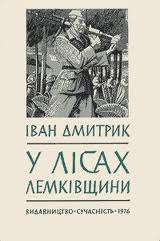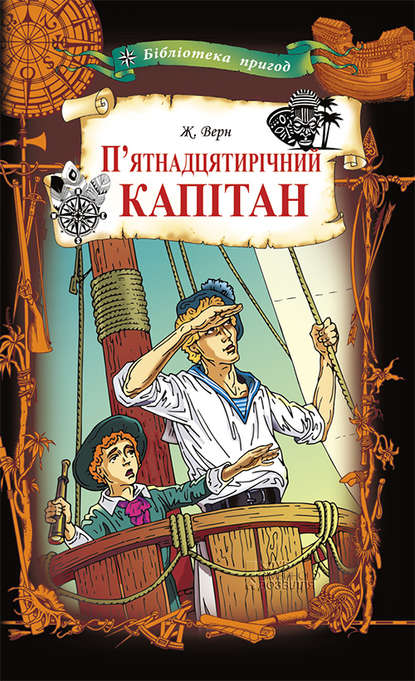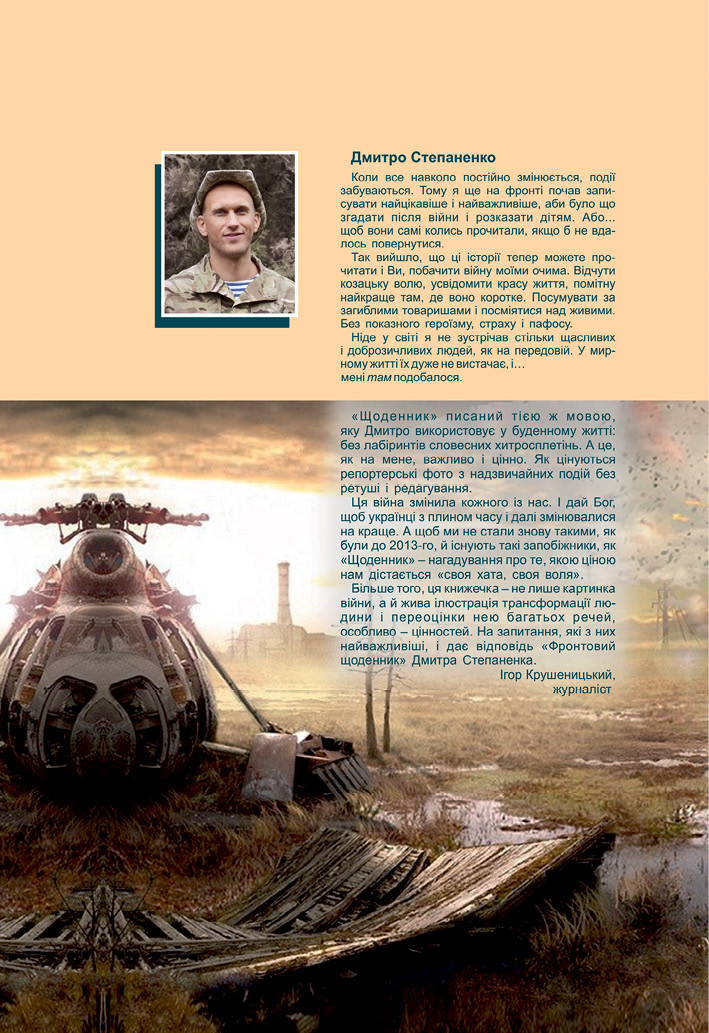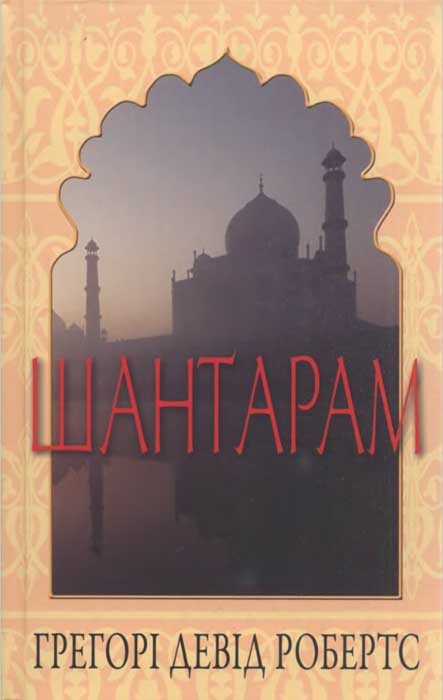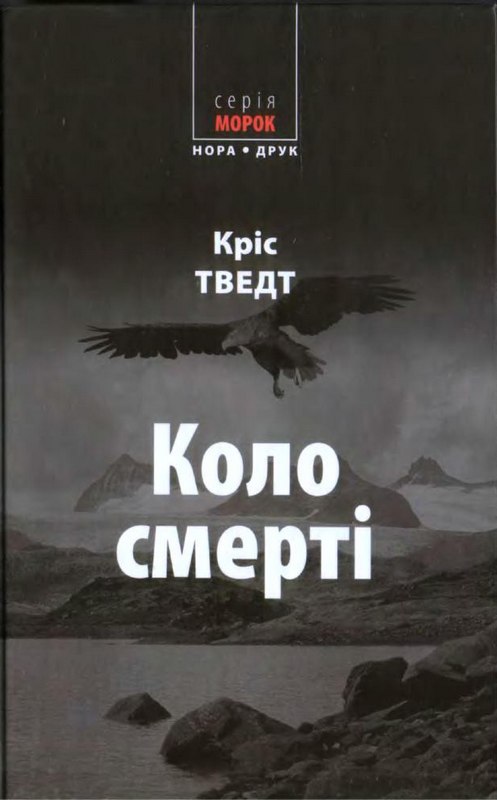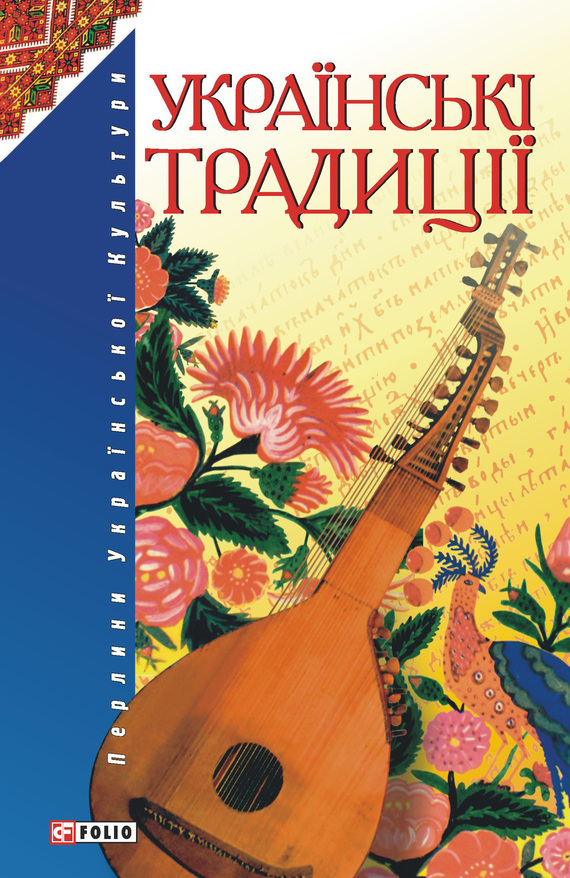Читати книгу - "Genghis Khan and the Making of the Modern World"
Шрифт:
Інтервал:
Добавити в закладку:
During military campaigns, Mongol officials exerted a conscientious effort to locate and appropriate maps, atlases, and other geographic works found in enemy camps or cities. Under Khubilai’s rule, scholars synthesized Chinese, Arab, and Greek knowledge of geography to produce the most sophisticated cartography known. Under the influence of the Arab geographers brought in by Khubilai Khan, particularly Jamal al-Din, craftsmen constructed terrestrial globes for Khubilai in 1267, which depicted Europe and Africa as well as Asia and the adjacent Pacific islands.
Despite the initial reliance of commerce on routes created through military conquest, it soon became obvious that whereas armies moved quickest by horse across land, massive quantities of goods moved best by water. Mongols expanded and lengthened the Grand Canal that already connected the Yellow and Yangtze Rivers to transport grain and other agricultural products farther and more efficiently into the northern districts. Adapting Chinese engineering and technology to new environments, they built water projects throughout their territories. In Yunnan, the Mongol governor created a dozen dams and reservoirs with connecting canals that survived until modern times.
The failed invasions of Japan and Java taught the Mongols much about shipbuilding, and when their military efforts failed, they turned that knowledge to peaceful pursuits of commerce. Khubilai Khan made the strategic decision to transport food within his empire primarily by ship because he realized how much cheaper and more efficient water transportation, which was dependent on wind and current, was than the much slower land transport, which was dependent on the labor of humans and animals that required constant feeding. In the first years, the Mongols moved some 3,000 tons by ship, but by 1329 it had grown to 210,000 tons. Marco Polo, who sailed from China to Persia on his return home, described the Mongol ships as large four-masted junks with up to three hundred crewmen and as many as sixty cabins for merchants carrying various wares. According to Ibn Battuta, some of the ships even carried plants growing in wooden tubs in order to supply fresh food for the sailors. Khubilai Khan promoted the building of ever larger seagoing junks to carry heavy loads of cargo and ports to handle them. They improved the use of the compass in navigation and learned to produce more accurate nautical charts. The route from the port of Zaytun in southern China to Hormuz in the Persian Gulf became the main sea link between the Far East and the Middle East, and was used by both Marco Polo and Ibn Battuta, among others.
En route, the ships also called at the ports of Vietnam, Java, Ceylon, and India, and in each place the Mongol representatives encountered more goods, such as sugar, ivory, cinnamon, and cotton, that were not easily produced in their own lands. From the Persian Gulf, the ships continued outside of the areas under Mongol influence to include regular trade for a still greater variety of goods from Arabia, Egypt, and Somalia. Rulers and merchants in these other areas outside the Mongol system of influence did not operate within the system of shares in the Mongol goods; instead, the Mongol authorities created long-term trading relations with them. Under Mongol protection, their vassals proved as worthy competitors in commerce as the Mongols had been in conquest and they began to dominate trade on the Indian Ocean.
To expand the trade into new areas beyond Mongol political control, they encouraged some of their vassals, particularly the South Chinese, to emigrate and set up trading stations in foreign ports. Throughout the rule of the Mongol dynasty, thousands of Chinese left home and sailed off to settle along the coastal communities of Vietnam, Cambodia, the Malay Peninsula, Borneo, Java, and Sumatra. They worked mostly in shipping and trade and as merchants up and down the rivers leading to the ports, but they gradually expanded into other professions as well.
To reach the markets of Europe more directly, without the lengthy detour through the southern Muslim countries, the Mongols encouraged foreigners to create trading posts on the edges of the empire along the Black Sea. Although the Mongols had initially raided the trading posts, as early as 1226, during the reign of Genghis Khan, they allowed the Genoese to maintain a trading station at the port of Kaffa in the Crimea, and later added another at Tana. To protect these stations on land and sea, the Mongols hunted down pirates and robbers. In the Pratica della mercatura (Practice of Marketing), a commercial handbook published in 1340, the Florentine merchant Francesco Balducci Pegolotti stressed that the routes to Mongol Cathay were “perfectly safe, whether by day or by night.”
The opening of new trade routes, combined with the widespread destruction of manufacturing in Persia and Iraq by the Mongol invasions, created new opportunities for Chinese manufacturing. The Mongol conquest of China had been far less disruptive than the military campaigns in the Middle East, and Khubilai pressed for the expansion of traditional Chinese wares into these markets as well as the widespread transfer of Muslim and Indian technology to China. Through their shares, the members of the Mongol royal family controlled much of the production throughout Eurasia, but they depended on the merchant class to transport and sell these wares. Mongols had turned from warriors into shareholders, but they had no skill or apparent desire to become
!Увага!
Сайт зберігає кукі вашого браузера. Ви зможете в будь-який момент зробити закладку та продовжити читання книги «Genghis Khan and the Making of the Modern World», після закриття браузера.
